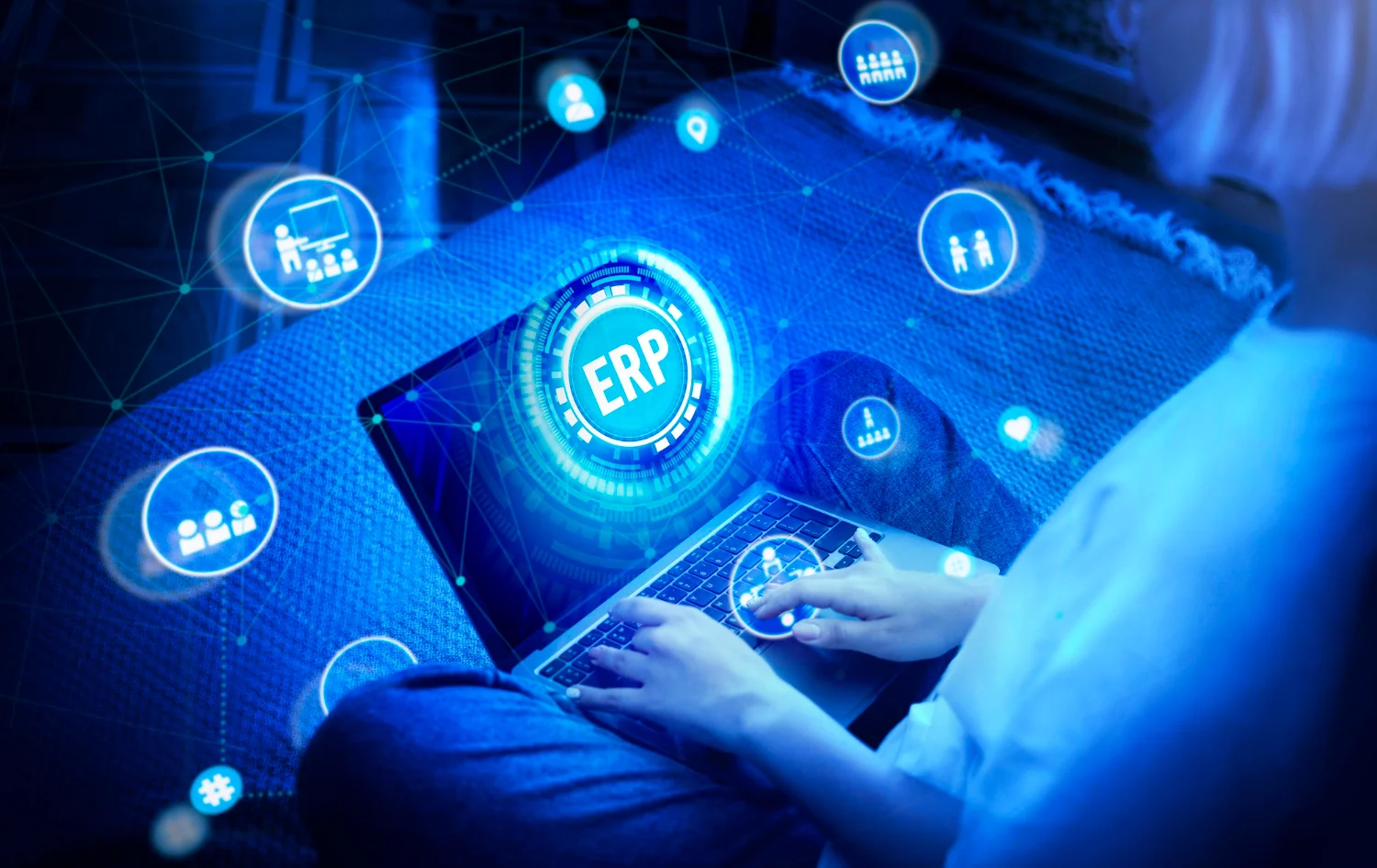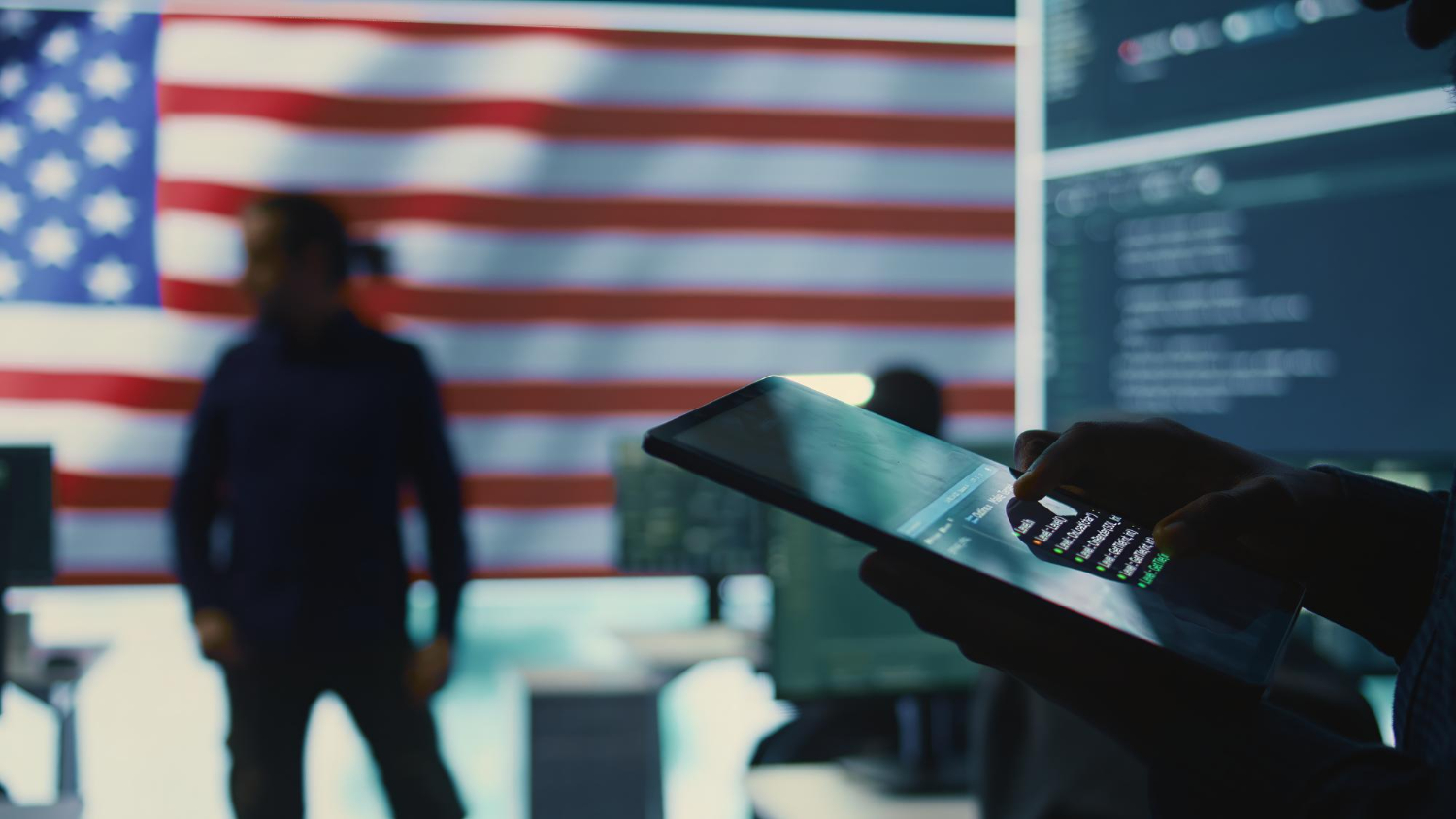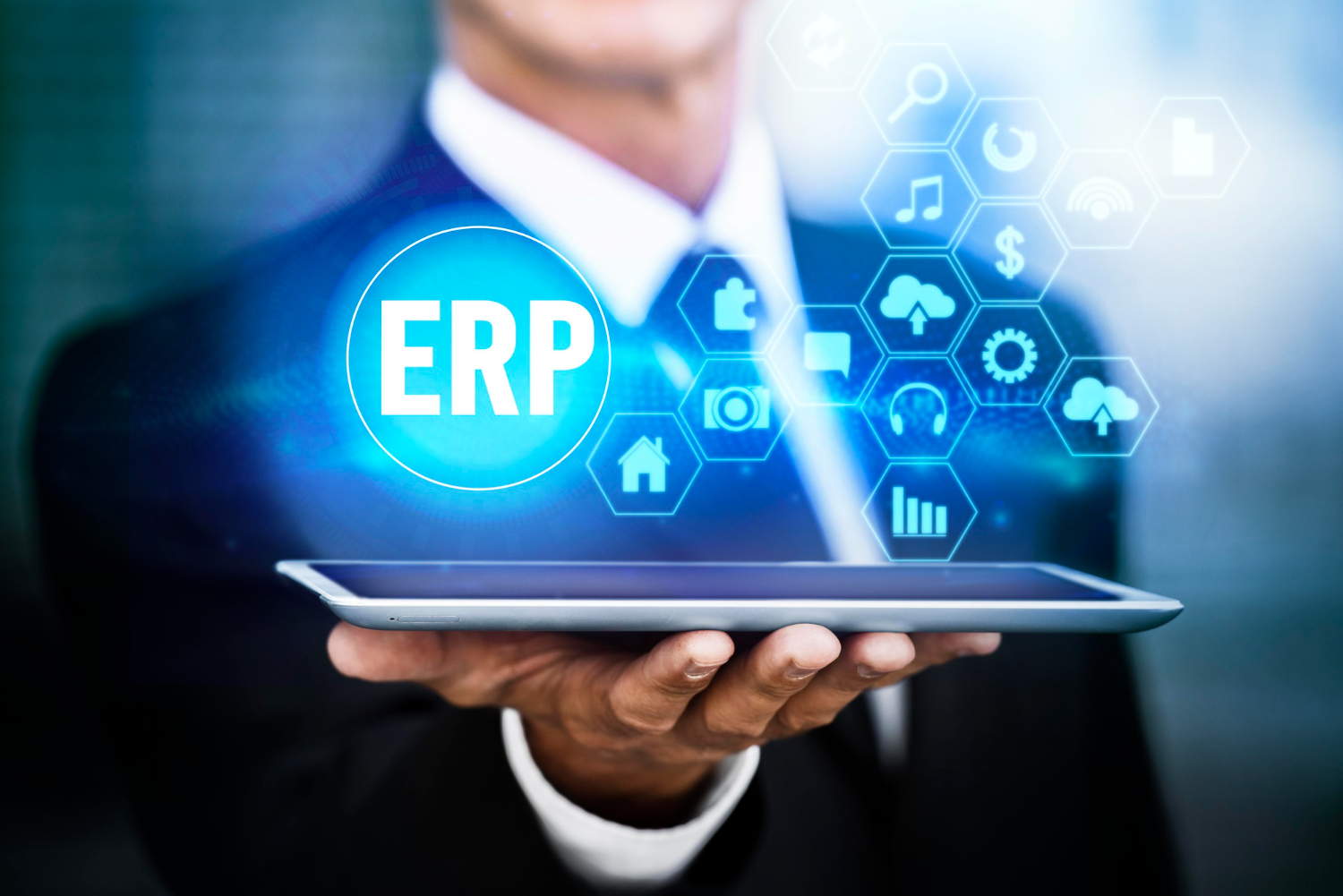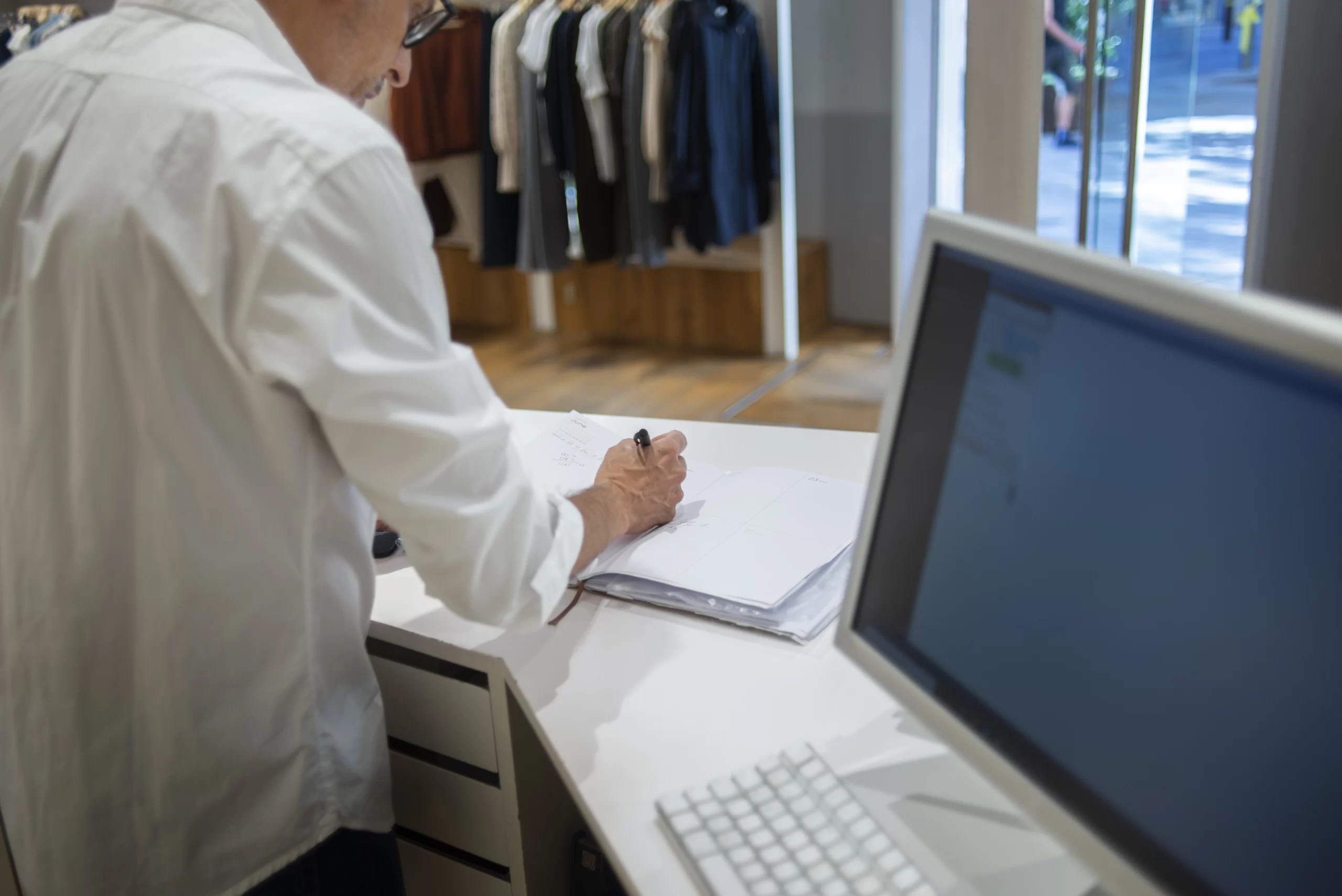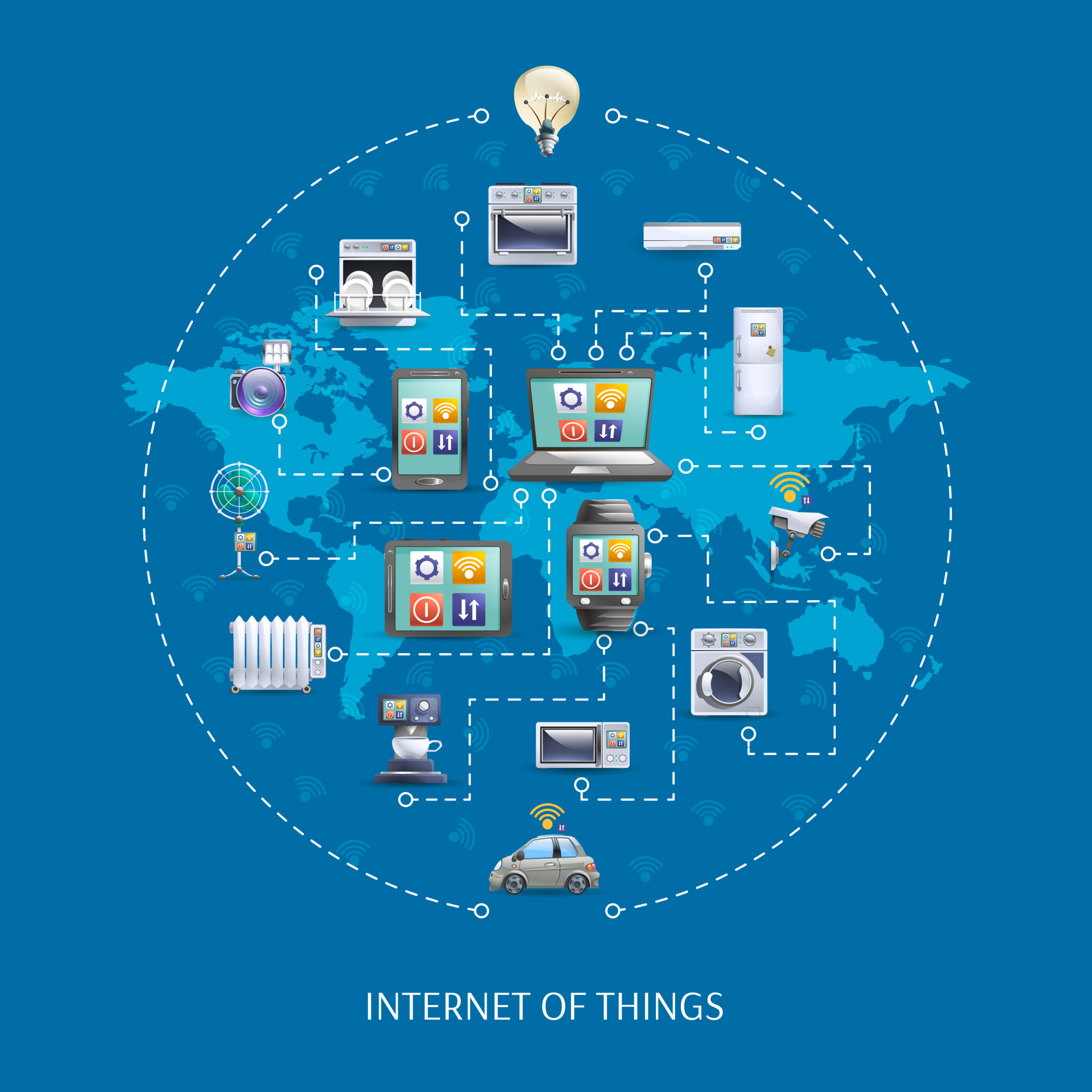
IoT is the new dimension of patient care through health monitoring and access to patients’ health data. It is a collection of medical devices and applications that connect to healthcare IT systems.
IoT in healthcare changes the way of doing data analytics to something much broader, deeper, and richer. It will change all traditional methods of healthcare organizations. When medical science combines with technology, it opens a new way for medical analysis and health monitoring through IoT applications.
This health data, stored in the cloud, will be monitored by intelligent systems that can flag anomalies and generate alerts instantly. When IoT advances into the continuum of care, it might require additional security layers for data security.
The internet of Things (IoT) has shown potential applications in health care monitoring. This has improved patient safety and reduced healthcare costs. Let’s take a look at 10 ways IoT is changing healthcare and the security challenges for IoT when it is used for medical purposes.
- Remote Patient Monitoring
Remote patient monitoring is a technology that enables monitoring of patients outside traditional clinical settings. This will increase access to care and decrease health delivery costs. IoT devices can automatically collect health data from patients, such as heart rate, blood pressure, temperature, and more. It will not require the physical presence of a patient at the health care facility.
This data, which is uploaded to a software application, will be analyzed by experts. This will help with treatment or generate health alerts.
- Patient Management of Asthma and COPD
Patients can manage their asthma and COPD symptoms with connected inhalers, which remind them when they are due for their treatment. Now a number of companies are making connected inhalers so that patients will not miss their treatment on time.
- Heart-Rate Monitoring
Monitoring heartbeat is a difficult task; it requires an optical heartbeat sensor that counts heartbeats per minute and a temperature sensor that measures the body’s temperature. Both sets of data are sent to the receiving end and monitored for patient care.
There are lots of products available for heart rate monitoring, so patients get monitored all the time. Most modern devices can deliver accurate rates of about 90 percent or better.
- Maintaining Cleanliness Standards
IoT can trigger reminders for maintaining cleanliness standards so that when staff enter hospital rooms, it helps reduce infection rates. The device can even give instructions on sanitizing.
It is proven by researchers that these devices can reduce infection rates in hospitals by more than 60 percent.
- Robotic Surgeries
IoT helps surgeons perform complex procedures with robotic surgeries. Surgeries using IoT tend to have smaller incisions, less pain and faster healing times for patients. The major advantage is less recovery time, so that patients can leave the hospital as early as possible.
- Glucose Monitoring
Glucose monitoring is difficult with these large numbers of patients with diabetes. The traditional way followed was to check glucose levels and manually record results. These procedures may not be sufficient to detect a problem. IoT is a solution to these challenges by providing continuous automatic monitoring of glucose levels.
- Regulation of Diabetes
With this technology, patients can also regulate their diabetes with automated insulin delivery systems. They monitor sugar levels in the blood and deliver insulin to diabetics as needed.
- Medication Compliance
Medication compliance is an issue, especially with people’s schedules. It can be costly when patients don’t follow their prescribed regimens. IoT provides a solution for this through devices that reminds them to take medicine.
- Parkinson’s Disease Monitoring
Parkinson’s disease is a chronic neurodegenerative disease. In order to treat Parkinson’s, IoT sensors continuously collect data about how their symptoms fluctuate throughout the day. It makes it much easier for doctors to treat Parkinson’s. Meanwhile, patients can spend time in their own homes instead of hospitals.
- Elder Care and Independence
IoT can be used to monitor elderly people, with respect to their freedom. This is a stage that requires love and care. This technology helps them in emergency situations. IoT is monitoring their activities and movements to make sure they are safe.

